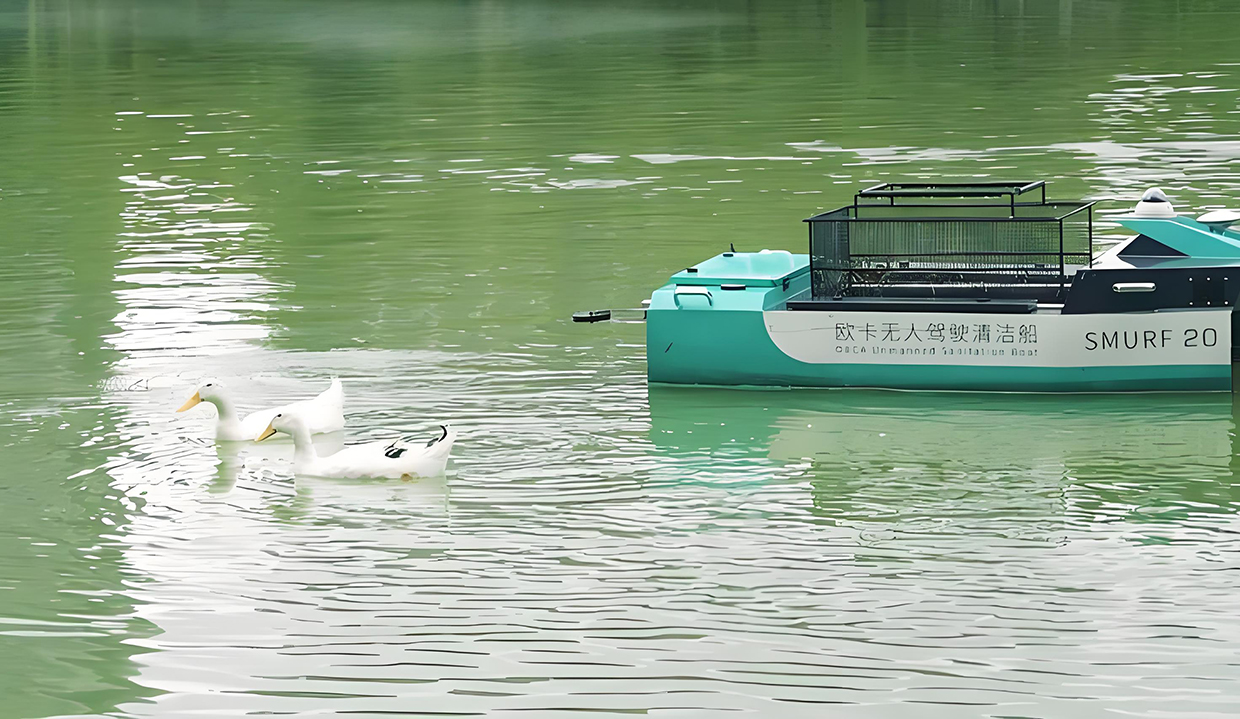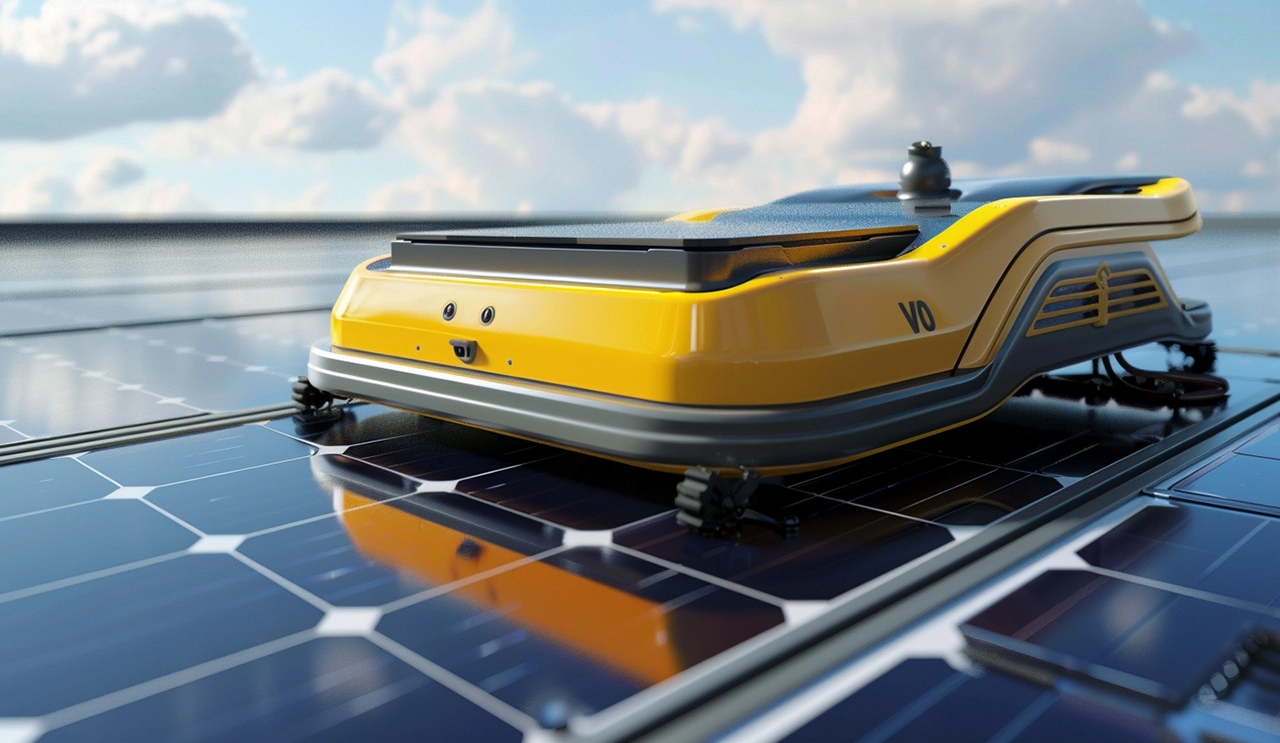
WIRELESS CHARGING IN THE NEWS
Autonomous underwater vehicle (AUV) is playing an increasingly important role in the fields of ocean exploration, environmental monitoring and resource exploration. These robots typically operate autonomously for long periods of time in complex underwater environments. Traditional charging methods require the AUV to be recycled to the ship or shore, which is time-consuming and not efficient enough. In order to improve the sustainability and efficiency of AUV underwater tasks, wireless charging technology has gradually become the focus of attention in the industry.
Wireless charging technology provides a non-contact power supply method for AUV, using electromagnetic induction, magnetic resonance, acoustic wave and other methods to achieve electric energy transmission in underwater environment. The application of this technology can significantly reduce the downtime of AUVs due to charging requirements and improve the consistency of their task execution. By placing dedicated charging stations in the mission area, AUVs can replenish their power needs without returning to base when completing or preparing for a mission, which greatly expands their range of activity and operational flexibility.
Technically, the main challenges of underwater wireless charging include the attenuation of electromagnetic waves by the conductivity of water, the resistance of charging equipment to water pressure, and the management of environmental interference. The high conductivity of water is more likely to cause the loss of electromagnetic wave energy than that of air. To solve this problem, the scientists used higher frequency signals and special coil designs to improve the efficiency of energy transmission. At the same time, charging equipment needs to be designed to withstand high pressure and salt corrosion in deep-sea environments, which puts higher requirements on the selection of materials and the packaging process of the equipment.
In order to ensure the safety and reliability of wireless charging, the charging system is usually integrated with an intelligent control unit, which can monitor the parameter changes during the charging process in real time. Including the impact of environmental factors on power transmission, the working state of the equipment itself, etc., through accurate dynamic adjustment, to ensure the efficient and stable charging process. At the same time, safety mechanisms such as overheat protection, overload protection and underwater automatic power failure devices are also widely used to cope with possible technical failures or environmental anomalies.
The deployment of wireless charging infrastructure should take into account the operation path, task characteristics and Marine environment characteristics of AUV. Reasonable arrangement of charging nodes in the target area can not only improve the convenience of charging, but also reduce the interaction between the device and the Marine ecosystem. The charging node itself can also be interconnected through the undersea communication network to achieve remote monitoring and regulation of the charging equipment.
From an economic point of view, wireless charging technology needs to invest a certain cost in the initial research and infrastructure construction. However, as the technology matures and is applied on a large scale, the operational cost reduction and efficiency improvement it brings will significantly compensate for the upfront investment. Reducing the frequency of AUV recovery not only saves labor and time costs, but also reduces the need to safeguard vessels. Through this innovation, AUV can more effectively complete deep-sea exploration, data acquisition and other tasks, and thus provide more powerful support for Marine scientific research.
Looking to the future, with the development of material science, communication technology and artificial intelligence, the efficiency and applicability of underwater wireless charging will be further improved. Combined with advanced navigation systems and autonomous planning strategies, future AUV wireless charging systems will be able to flexibly deploy in different depths and complex sea conditions, enabling more efficient energy management and autonomous operations over longer distances. Wireless charging technology will not only reshape how AUVs work, but will also play an integral role in driving technological advances in deep-sea exploration, a strategic global area. Through this innovative approach, AUV will explore and utilize the ocean more deeply and continuously, opening up more unknown possibilities.







